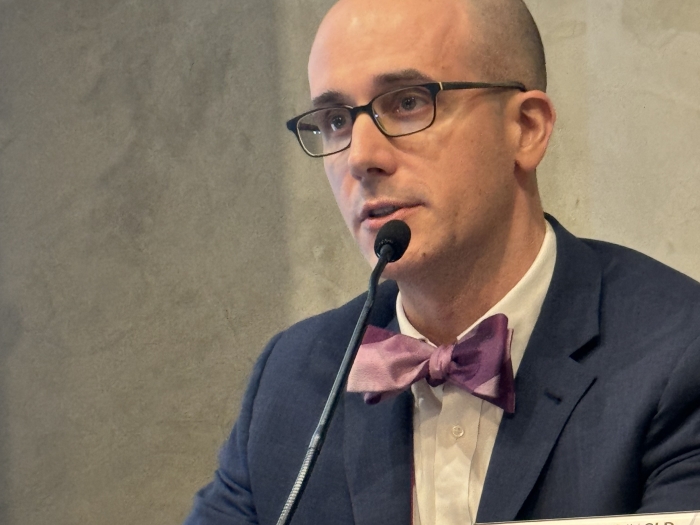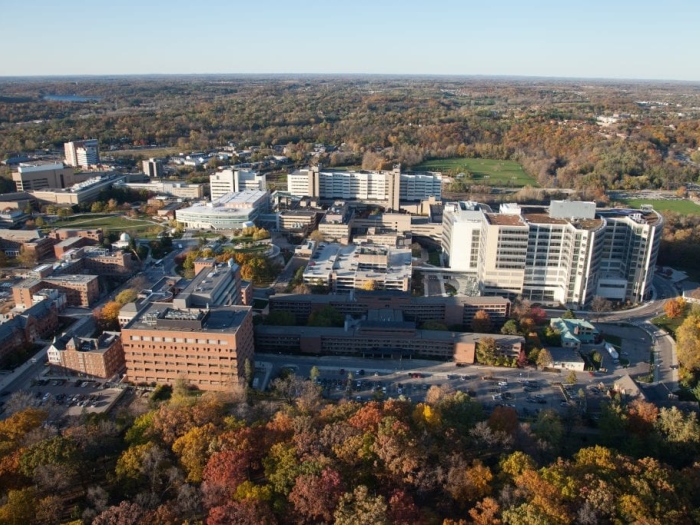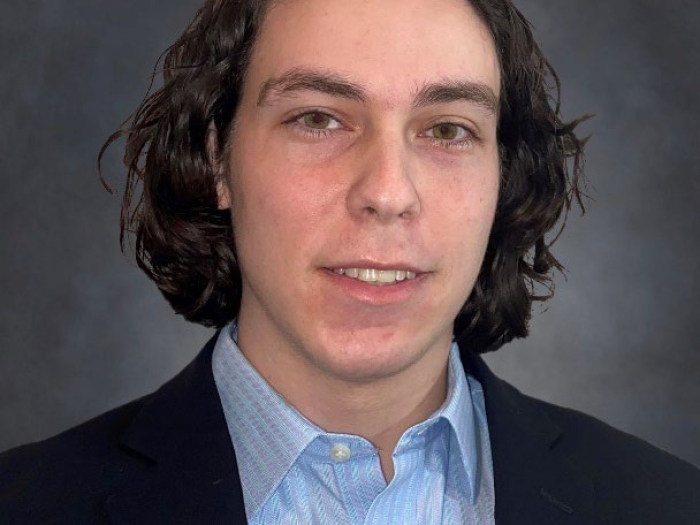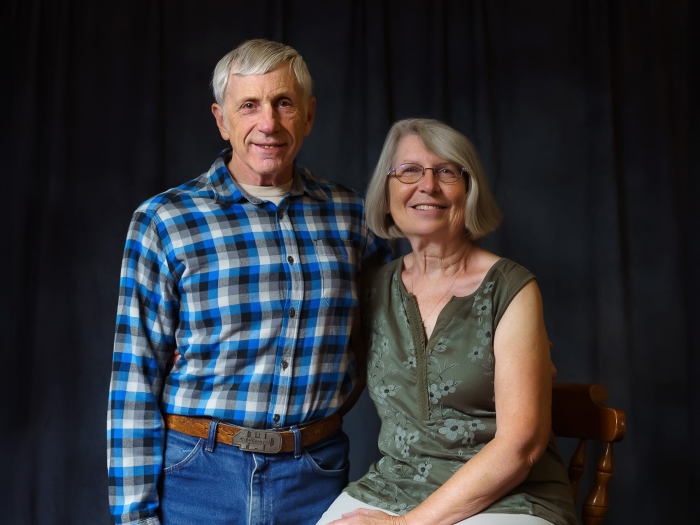1:47 PM
Author |
It takes a tomato seed about a week to germinate, seven weeks to be ready for transplant, and about two months after that to have harvestable fruit. By the metrics of the academic year's calendar, that timeline would easily tally up to the completion of at least four sequences, a handful of weekly quizzes, and countless lecture hours. But with harvest season on the horizon and summer break at its peak, it feels fitting to count days by when we transplanted our seedlings as we wait for vines heavy with green tomatoes to ripen.
Anita Vasudevan, Jack Buchanan, and Charlie Katzman with the freshly planted garden
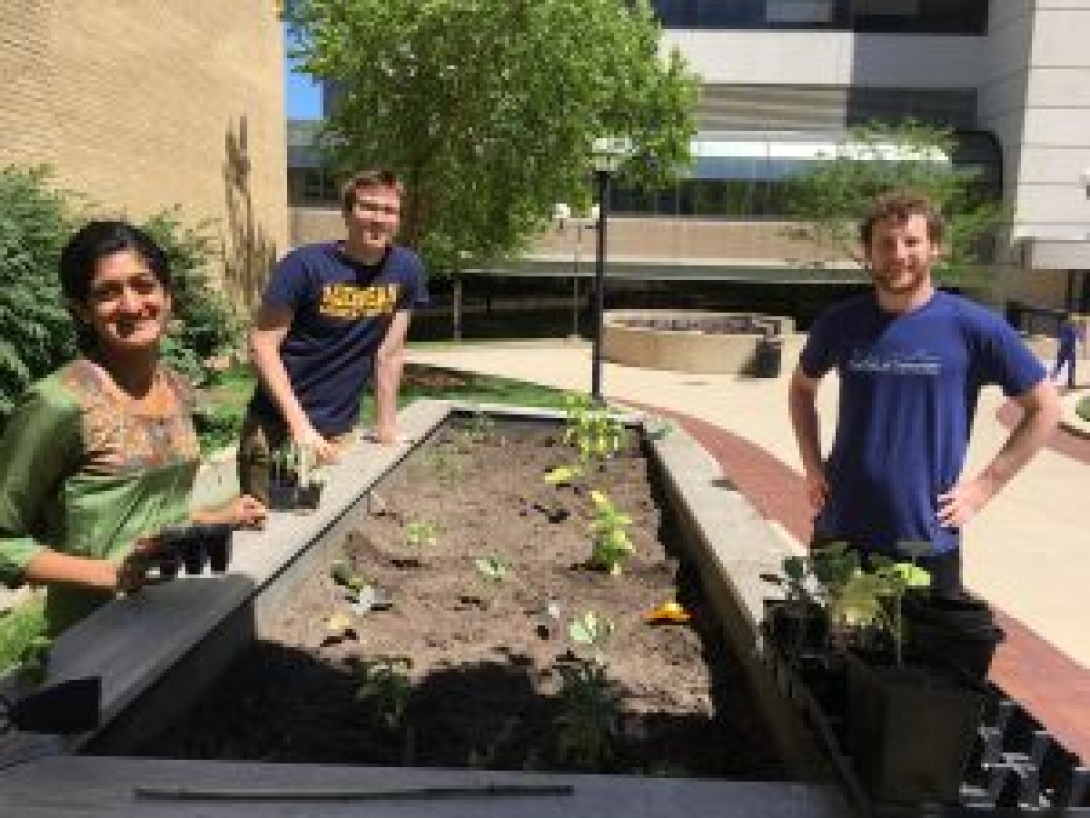
Before beginning medical school, a good amount of my time was spent in gardens, growing food. It is a space that requires patience and persistence, not to mention a willingness to go along with the occasional derailment of plans (maybe not so different from med school itself!). In becoming a part of the UM Medical Campus Garden, I was excited to embrace our single garden bed as a reprieve from the rigor and rhythm of curricular demands and a return to a cherished and familiar hobby.
This year, we've planted a variety of tomatoes, peppers, eggplant, basil, marjoram, sage, and chives. Our garden is tended to by student volunteers who water and weed daily, and we are eagerly anticipating our first big harvest at the beginning of August. But perhaps what carries even more weight than the pounds of produce we gather is the attention we garner from nearly every person who strolls by while one of us is at the garden.
Student volunteer Mikhail Ognenovski poses with the garden after his watering shift.
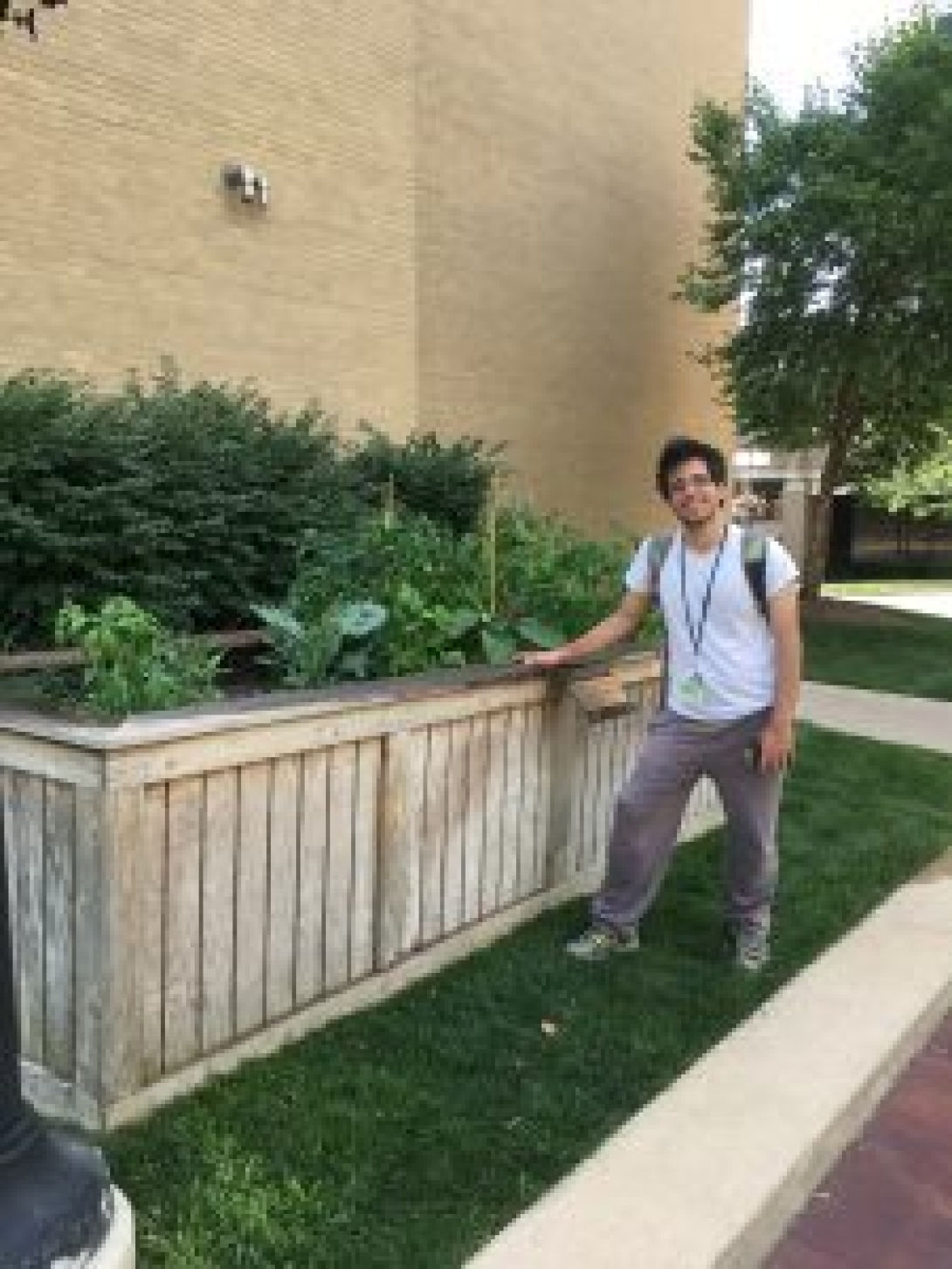
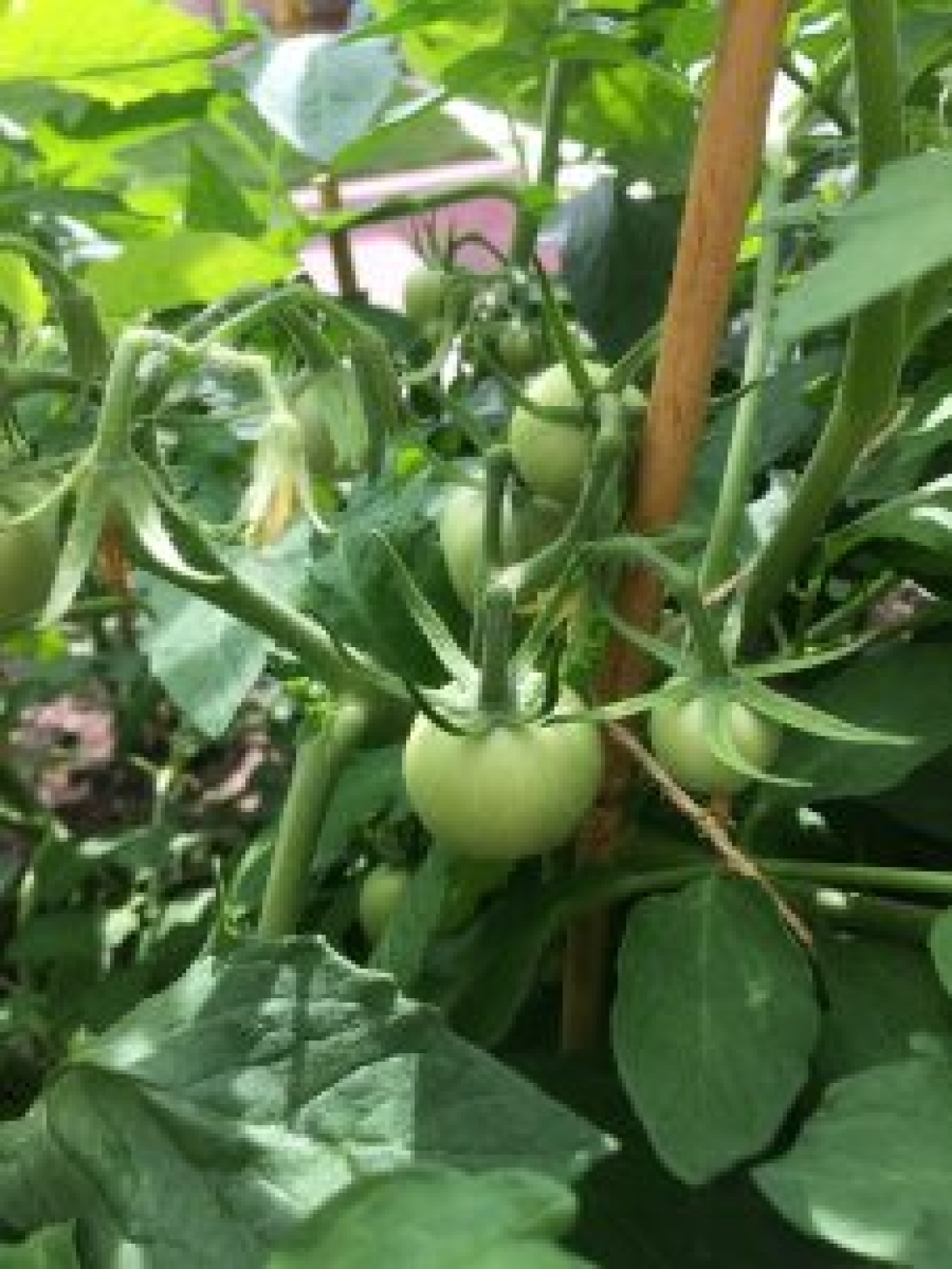

Department of Communication at Michigan Medicine
Want top health & research news weekly? Sign up for Health Lab’s newsletters today!
